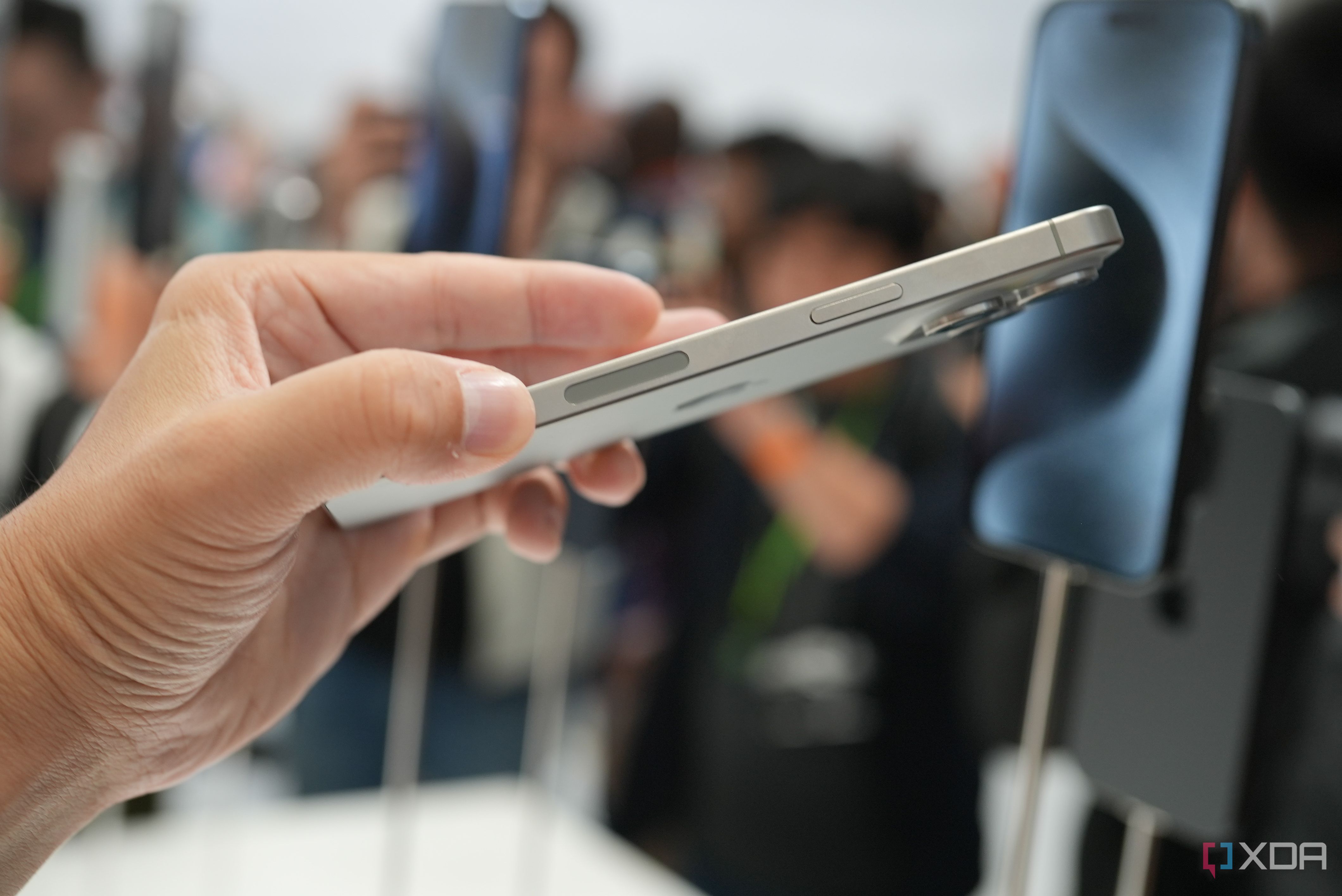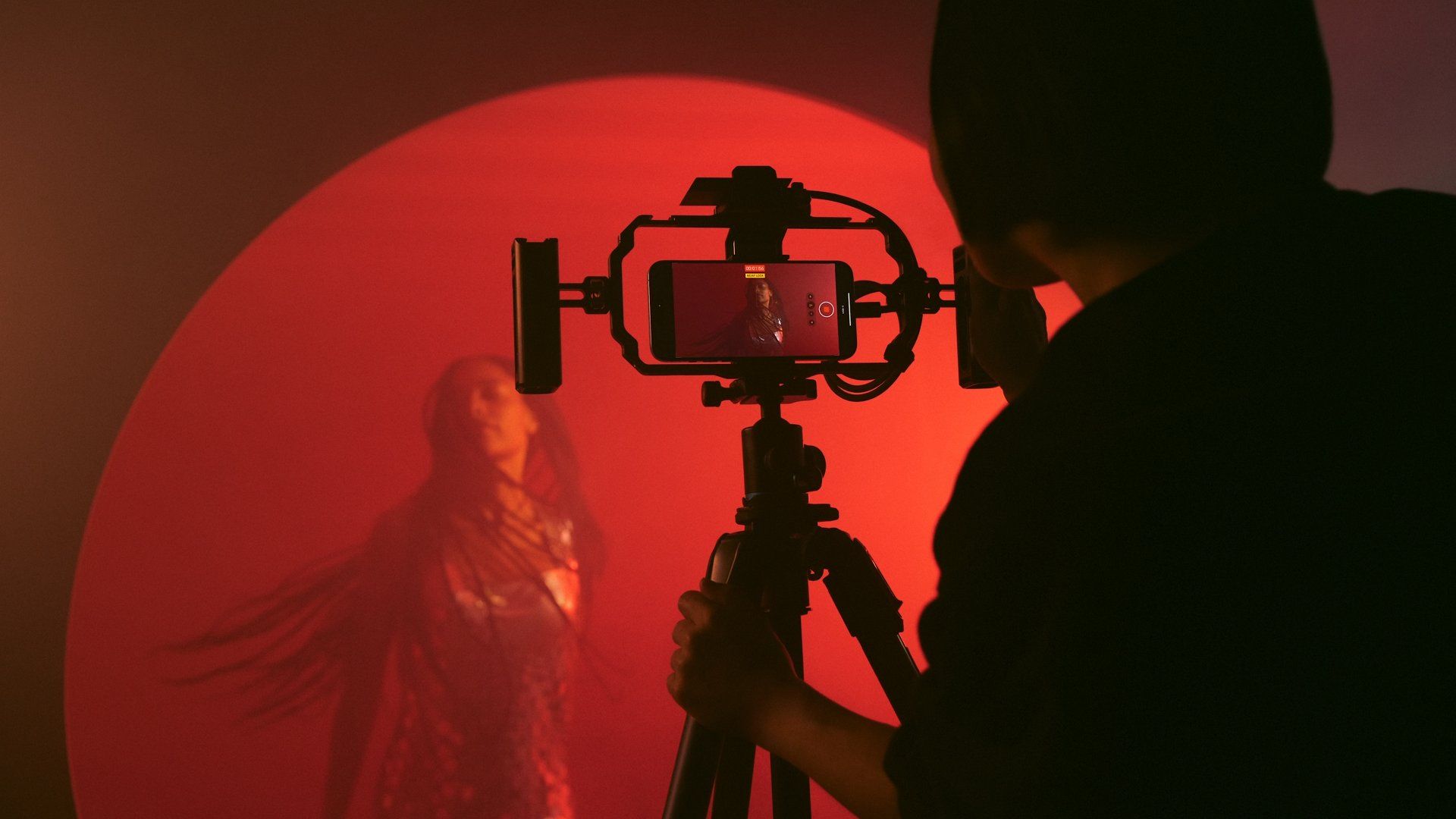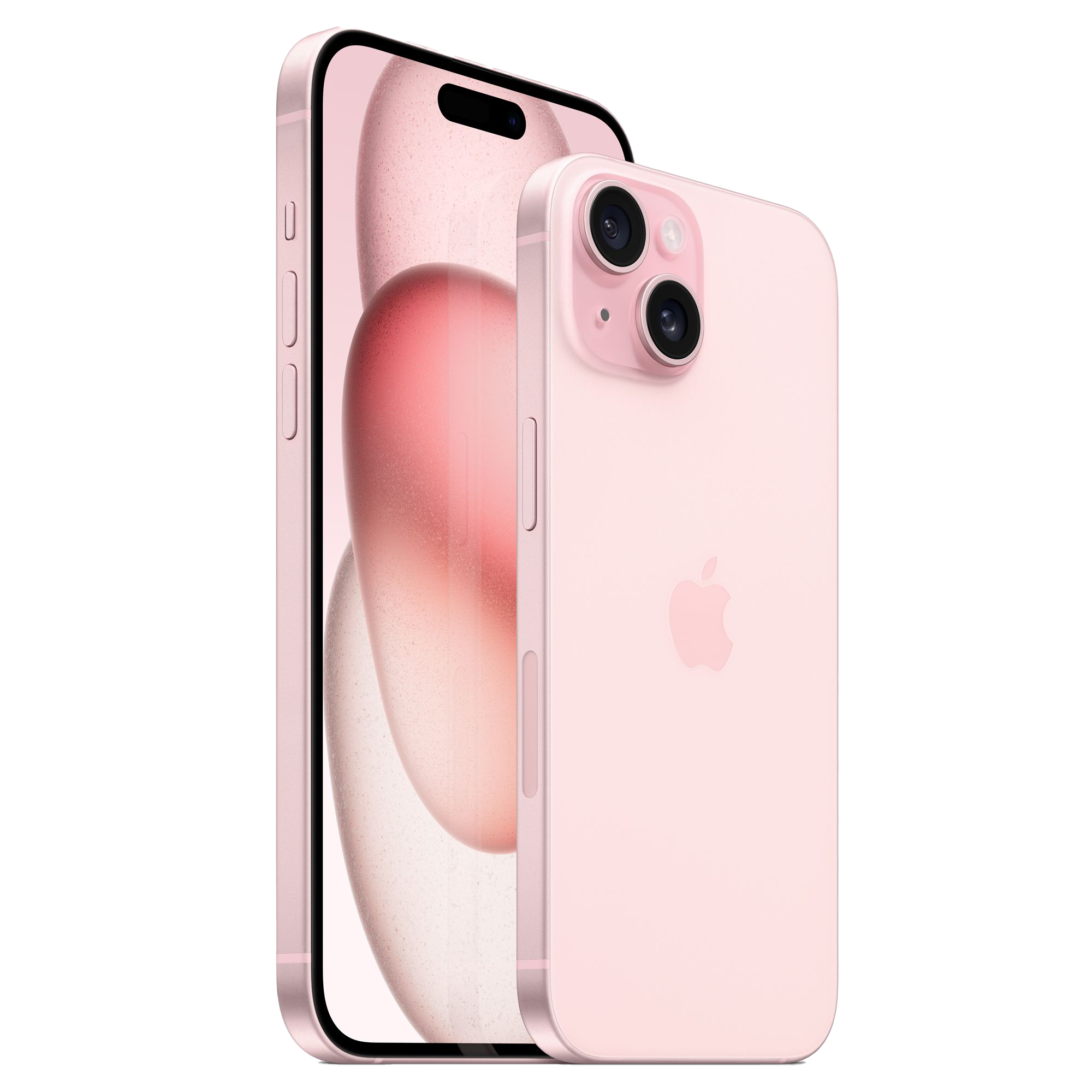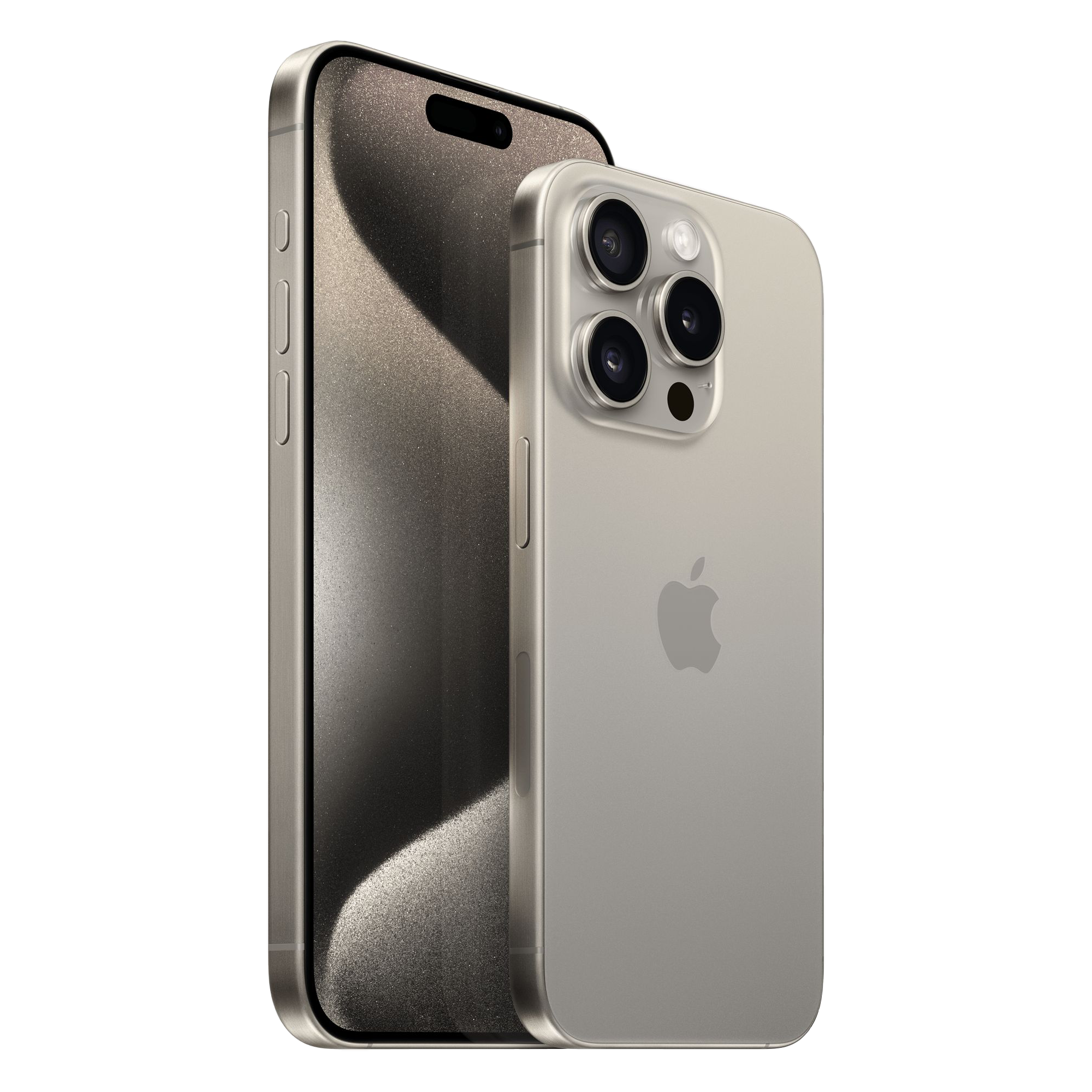The iPhone 15 and iPhone 15 Pro are finally here, and as usual, they come with a slew of differences that give the Pro model some extra appeal to justify the higher price tag. This time around, due to legal enforcement in the EU, Apple has switched the charging port on all devices to USB Type-C, but while iPhone 15 models come with a USB 2.0 port, the Pro versions come with USB 3.0.
USB 3.0 brings some benefits to the table, but are they enough of a reason to opt for the more expensive model? It depends on your needs.
The benefits of USB 3.0
The main advantage Apple is touting for the iPhone 15 Pro with USB 3.0 is, of course, transfer speed. The iPhone 15 Pro comes with support for USB 3.2 Gen 2, which means it supports data transfer speeds up to 10Gbps. That's about 20 times faster than what you can get with USB 2.0 on the iPhone 15, which caps out at 480Mbps. After all, USB 2.0 is very old technology at this point.
One of the benefits you might see with this has to do with recovering your iPhone using iTunes, since it will transfer data between the two devices that much faster. And really, any wired file transfer, such as using a flash drive, will be faster. That's why Apple is also highlighting the ability to use your iPhone 15 Pro to record footage directly to an external hard drive, making this a great tool for videographers without having to worry about internal storage on the phone. You can continuously record to an external hard drive and swap it out when it's full, if needed be. External drives are also likely cheaper than buying an iPhone model with more storage.
Another potential benefit would be charging speeds, but it looks like both phones are limited to charging at 20W, so chargers for the iPhone 15 will be the same across both models.
You can't get USB 3.0 out of the box
One thing that's not immediately obvious from the announcement is that the iPhone 15 Pro can't actually use USB 3.0 speeds with the cable that comes in the box. Indeed, while the phone supports those higher speeds, the cable is still USB 2.0, so you won't be getting those higher speeds unless you buy a cable that supports them.
Admittedly, this is a stupid decision for a phone that starts at $999, and there's no way around that. But at the same time, if you look at the use cases above, it's not likely you're going to be facing those situations very often. You probably aren't restoring your phone that frequently, and it's also not very likely you're using USB-C flash drives that often, either. The ability to record video to an external drive is even more of a niche feature.
At the end of the day, it makes some sense for the included cable to be a cheaper one, though it's still hard to understand given the price.
It only makes sense for a few people
Considering the limited benefits of USB 3.0 right now, you're not missing out on much by going with the regular iPhone 15 instead of the iPhone 15 Pro, at least if your primary concern is the port. While the iPhone 15 Pro can be faster for data transfers, you're probably not going to be doing that very often, and if you are, you need to buy a cable that supports those faster speeds. However, if you do use USB-C flash drives with your phone or you want to record video to an external drive, then the upgrade makes a lot of sense. Whether it justifies the price is mostly uip to how much you value the other upgrades the Pro models have, like the faster processor, smaller bezels, and more advanced camera setup.
-
iPhone 15
The iPhone 15 comes with the Apple A16 Bionic chip and is one of the first iPhones to support USB-C charging and data, but it's limited to USB 2.0 speeds. It also includes improved cameras and a Dynamic Island to house the front-facing sensors.
-
Apple iPhone 15 Pro
The iPhone 15 Pro comes with a brand-new Apple A17 Pro chipset and supports USB-C charging and data at USB 3.0 speeds, though it requires a separate cable for this. It also has top-tier cameras, smaller bezels, and a titanium frame.





